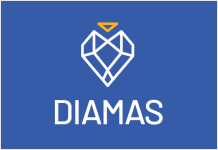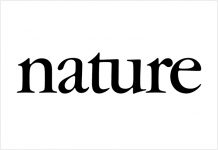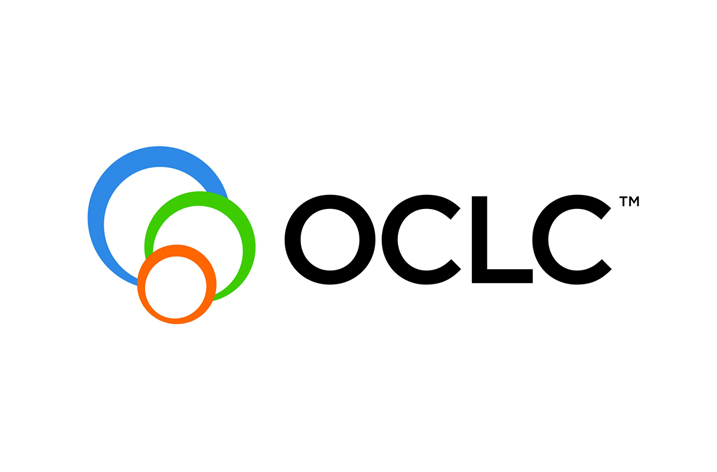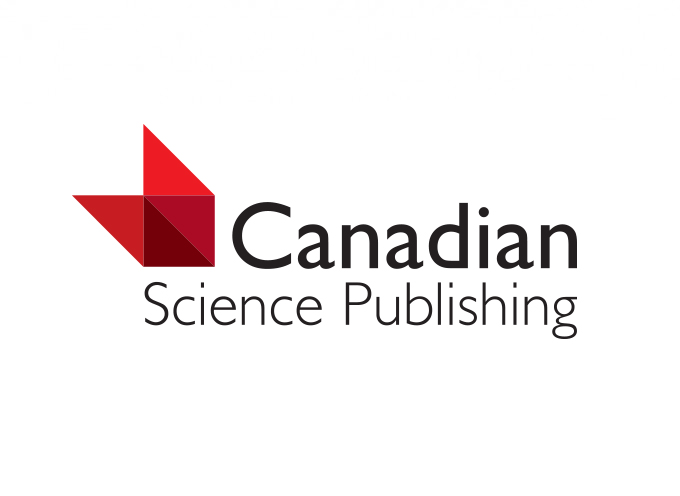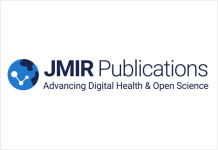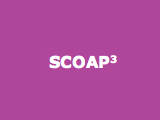
Representatives from the science funding agencies and library communities of 29 countries are meeting at CERN1 today to launch the SCOAP32 Open Access initiative. Open Access revolutionizes the traditional scientific publishing model with scientific papers being made freely available to all, and publishers paid directly for their indispensable peer-review services to the community.
“It is gratifying to see how the model of international collaboration in particle physics has been applied to addressing the important societal issue of open access to scientific information,” said CERN Director General Rolf Heuer. “I am proud that CERN has contributed to exploring win-win solutions to this issue, which is important to both scientists and science policy makers the world over.”
“It has been very much like working on a CERN experiment,” added Salvatore Mele, head of Open Access at CERN, who has coordinated the initiative so far, “amazing collaboration from experts from all over the world, both volunteers from libraries and partners in the publishing industry, bringing together their different expertise and working together to build something never tried before.”
The objective of SCOAP3 is to grant unrestricted access to scientific articles appearing in scientific journals in the field of particle physics, which so far have only been available to scientists through certain university libraries, and generally unavailable to a wider public. Open dissemination of preliminary information, in the form of pre-peer review articles known as preprints, has been the norm in particle physics for two decades. SCOAP3 now brings the vital peer review service provided by journals into the Open Access world.
In the SCOAP3 model, libraries and funding agencies pool resources currently used to subscribe to journal content and use them to support the peer-review system directly instead. Journal publishers then make their articles Open Access, which means that anyone can read them. Authors retain the copyright, and generous licenses for re-use are used.
Publishers of 12 journals, accounting for the vast majority of articles in the field, have been identified for participation in SCOAP3 through an open and competitive process, and the SCOAP3 initiative looks forward to establishing more partnerships with key institutions in Europe, America and Asia as it moves through the technical steps of organizing the re-direction of funds from the current subscription model to a common internationally coordinated fund.
SCOAP3 expects to be operational for articles published as of 2014.



